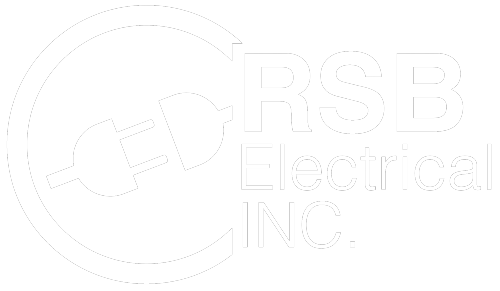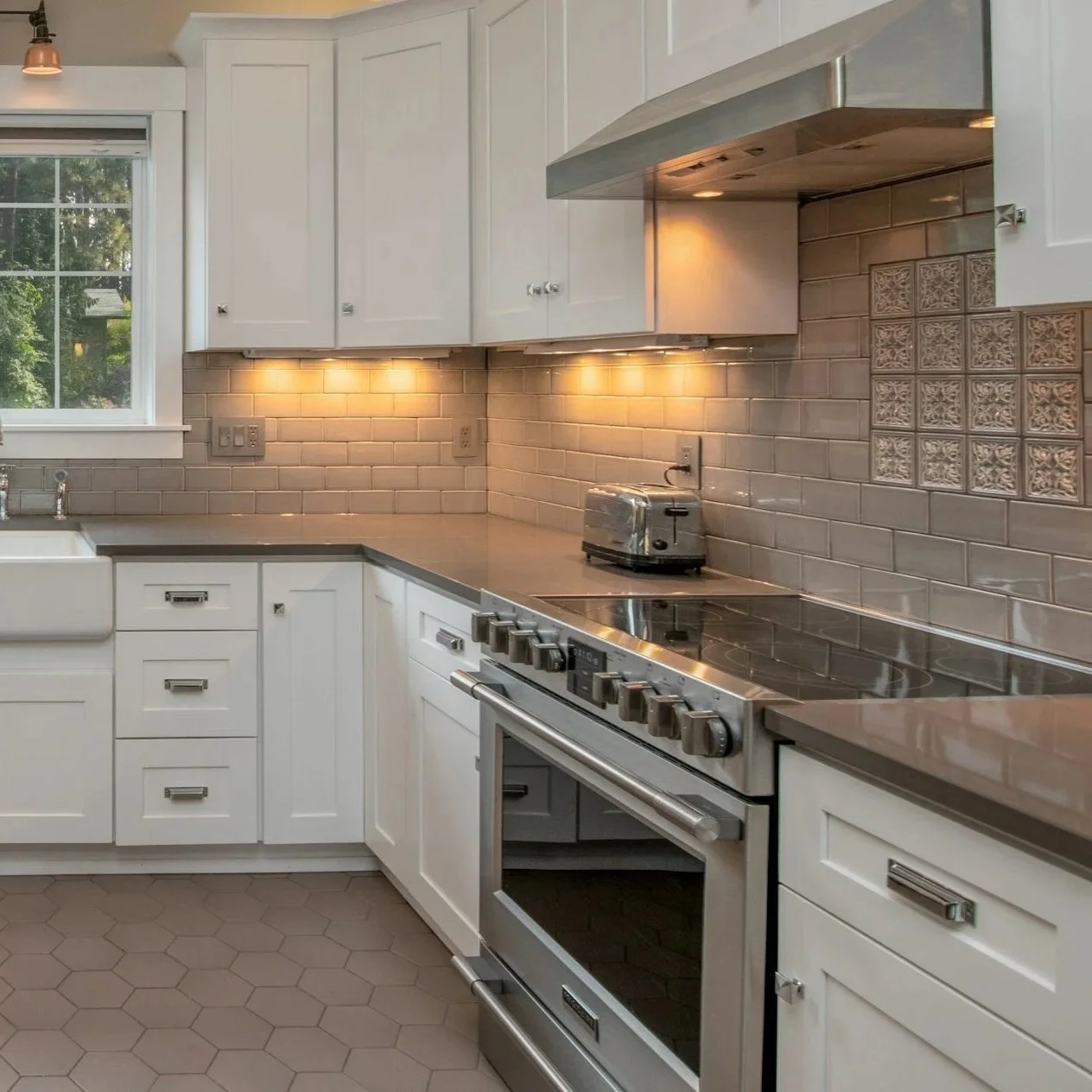Sleek, Subtle, Stunning: Why Recessed Lighting is the Ultimate Upgrade
Its streamlined design creates a clean, uncluttered look while providing versatile and practical illumination.
Recessed lighting has become a hallmark of modern design, presenting a perfect blend of functionality and aesthetic appeal. Its streamlined design creates a clean, uncluttered look while providing versatile and practical illumination. Recessed lighting is suitable for a broad range of applications, making it a proper choice for both residential and commercial spaces. With professional installation by an experienced electrician, recessed lighting transforms spaces into well-lit, stylish environments.
What Makes Recessed Lighting Stand Out
Recessed lighting, often referred to as can lights or downlights, is installed flush with the ceiling or wall, creating a minimalist appearance. Unlike chandeliers or pendant lights that draw attention, recessed fixtures integrate seamlessly into the architecture, enhancing the overall design without overpowering it.
The unobtrusive nature of recessed lighting makes it a versatile choice for spaces of any size. In smaller rooms, it saves valuable headspace by avoiding fixtures that protrude into the space. In larger areas, it creates a balanced distribution of light, verifying uniform illumination.
Another advantage is its adaptability. Recessed fixtures can be arranged to provide general lighting, accentuate specific features, or serve as task lighting. Whether illuminating a kitchen workspace, highlighting artwork, or adding ambiance to a living room, recessed lighting adapts to suit the space's needs.
Enhancing Energy Efficiency
Recessed lighting contributes to energy efficiency, particularly when paired with LED bulbs. LEDs consume substantially less energy than traditional incandescent or halogen bulbs and last much longer, resulting in reduced maintenance costs over time. The lower heat output of LEDs also adds to safety and comfort.
Dimmable recessed lighting offers additional energy-saving benefits by allowing brightness to be adjusted according to activity or the time of day. Dimming the lights not only reduces energy consumption but also lengthens the lifespan of the bulbs. An electrician experienced in energy-efficient lighting can recommend options that maximize savings without compromising performance.
Applications of Recessed Lighting
Recessed lighting enhances the functionality and aesthetic appeal of both residential and commercial spaces. In kitchens, recessed fixtures provide focused task lighting for countertops and islands while maintaining a clean and modern look. Bathrooms benefit from moisture-resistant recessed lights, which provide safe and effective illumination in damp conditions.
In living rooms and bedrooms, recessed lighting creates a warm and inviting atmosphere. Strategically placed fixtures highlight architectural features, artwork, or decorative elements, while dimmable options allow the ambiance to be adjusted for relaxation or entertaining. Outdoor spaces also benefit from weather-resistant recessed lighting, which enhances safety and aesthetics for patios, walkways, or entryways.
Commercial spaces, including offices, retail environments, and hospitality venues, use recessed lighting to create professional and welcoming atmospheres. In offices, it provides glare-free illumination that promotes productivity. In retail settings, it highlights products and enhances the shopping experience. Restaurants and hotels rely on recessed lighting to set the tone and showcase their unique design elements.
Design Considerations
Achieving the full potential of recessed lighting requires thoughtful design and professional installation. Placement and spacing are critical to avoid uneven lighting or shadows. The layout of the space, ceiling height, and intended purpose all influence the optimal configuration of fixtures.
Choosing the correct trim style is another important consideration. Baffle trims minimize glare and create a softer light, making them ideal for general illumination. Reflector trims enhance brightness and are well-suited for task lighting or use in high-ceiling spaces. Adjustable trims, such as eyeball or gimbal styles, provide directional lighting, making them perfect for accentuating specific features.
Selecting the appropriate color temperature and brightness is key to creating the desired atmosphere. Warm tones design a cozy and inviting feel, while cooler hues are better suited for task-oriented spaces. Dimmable fixtures offer flexibility, allowing the lighting to adapt to various activities and moods.
The Importance of Professional Installation
Installing recessed lighting requires precision and expertise to achieve a safe and functional system. An electrician plays a vital role in assessing the space, determining the appropriate type of housing, and completing the installation to meet electrical codes and safety standards.
Proper housing selection is essential, particularly in areas with insulation in the ceiling. IC-rated housings prevent heat buildup, while non-IC housings are used in non-insulated areas. An electrician also ensures that wiring and structural modifications are carried out correctly, avoiding potential issues such as flickering, overheating, or uneven lighting.
Regular maintenance, such as cleaning trims and replacing bulbs, helps keep recessed lighting systems performing at their best. Upgrading to energy-efficient LED bulbs or integrating smart controls further enhances the system's functionality and efficiency.
Overcoming Challenges
Implementing recessed lighting may involve challenges, such as achieving uniform illumination or retrofitting fixtures into existing structures. These concerns can be addressed with careful planning and professional expertise. An electrician evaluates factors such as ceiling type, wiring, and structural considerations to design a solution that meets the space's unique needs.
Compatibility with existing electrical systems is another consideration. Older buildings may require updates to wiring or electrical panels to support modern recessed lighting. Professional assessment and installation minimize disruptions, delivering a reliable and high-quality system.
Sustainability remains a priority in lighting design. Incorporating energy-efficient components, such as LED bulbs and smart controls, reduces energy consumption and supports environmentally conscious practices. These choices benefit both the environment and the budget by lowering operating costs over time.
Recessed lighting combines elegance, functionality, and efficiency, making it the ultimate upgrade for any space. Its sleek and subtle design enhances the architecture while providing versatile and effective illumination. An experienced electrician brings the expertise needed to design, install, and maintain a recessed lighting system that meets the highest standards of performance and safety. With its ability to adapt to various applications and styles, recessed lighting transforms spaces into beautifully lit, energy-efficient environments.

